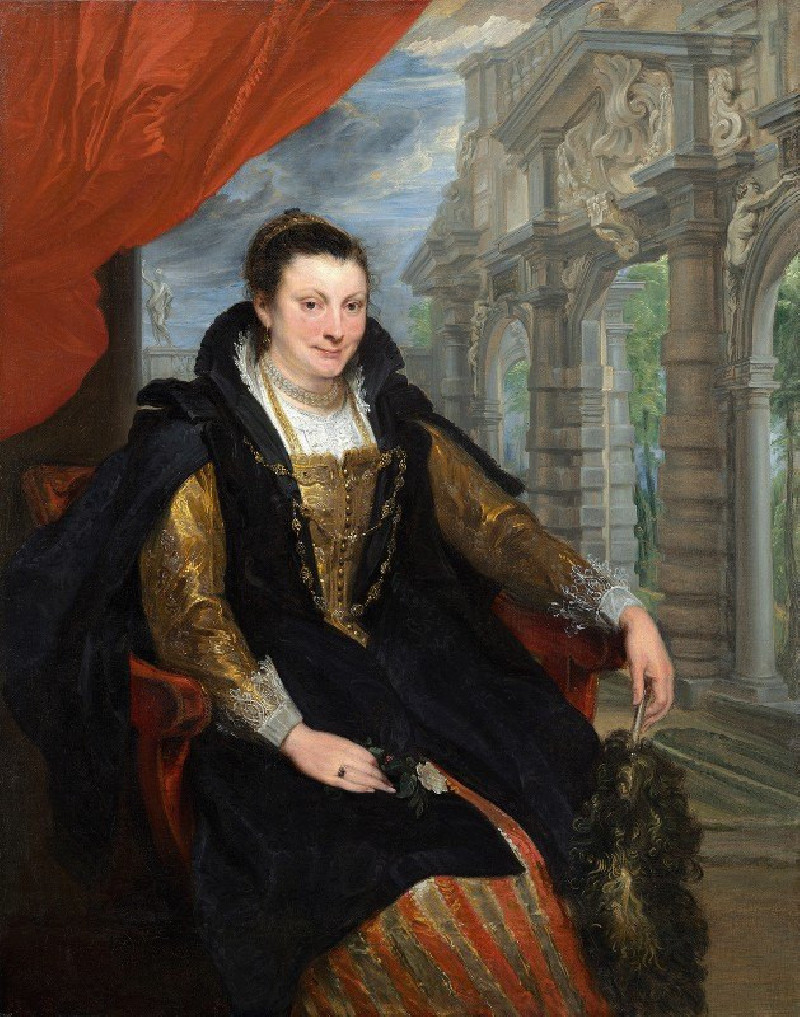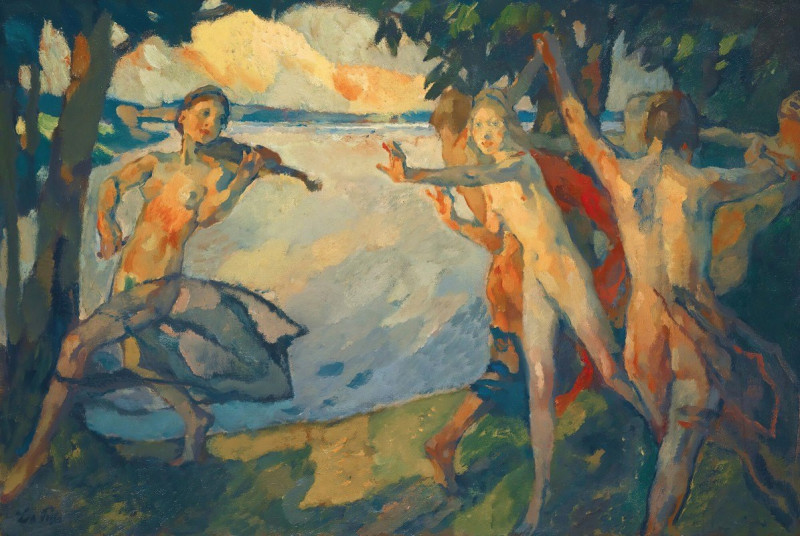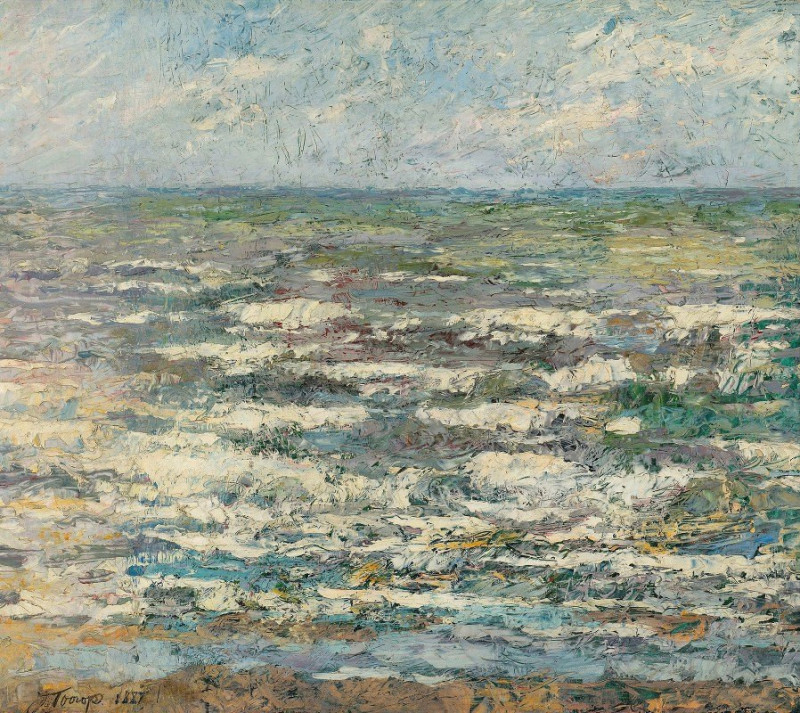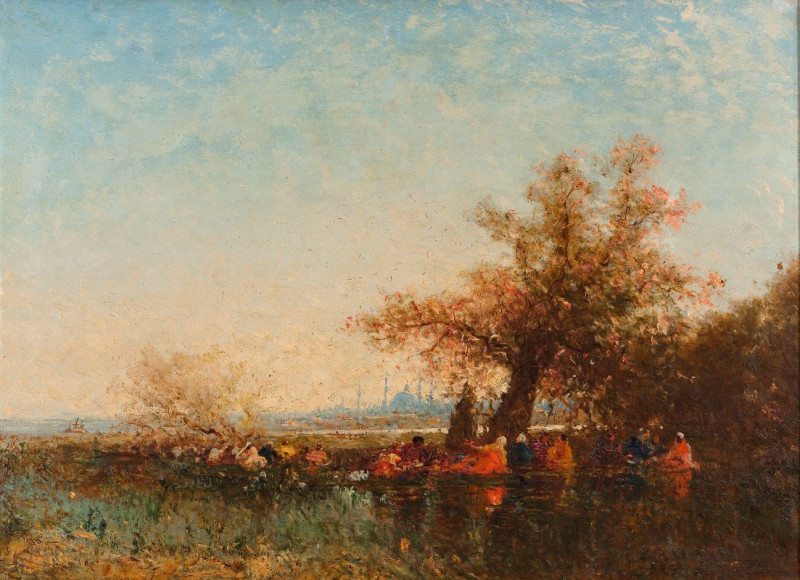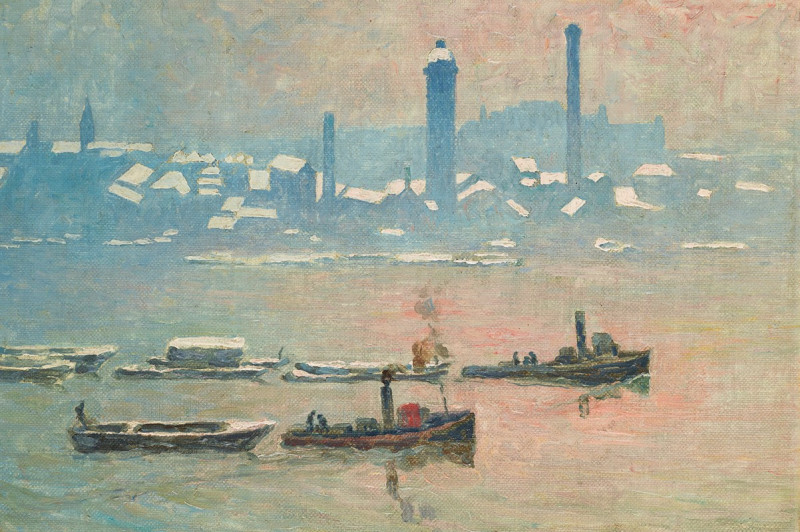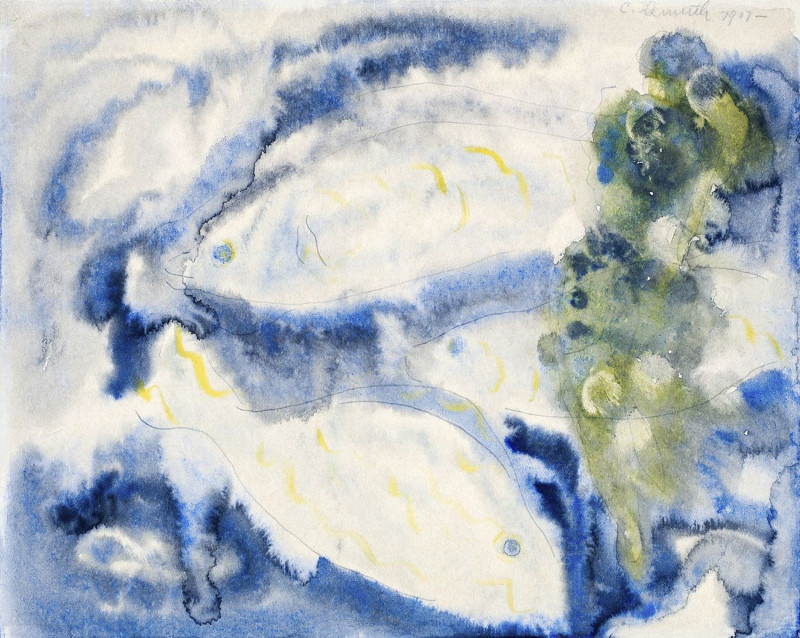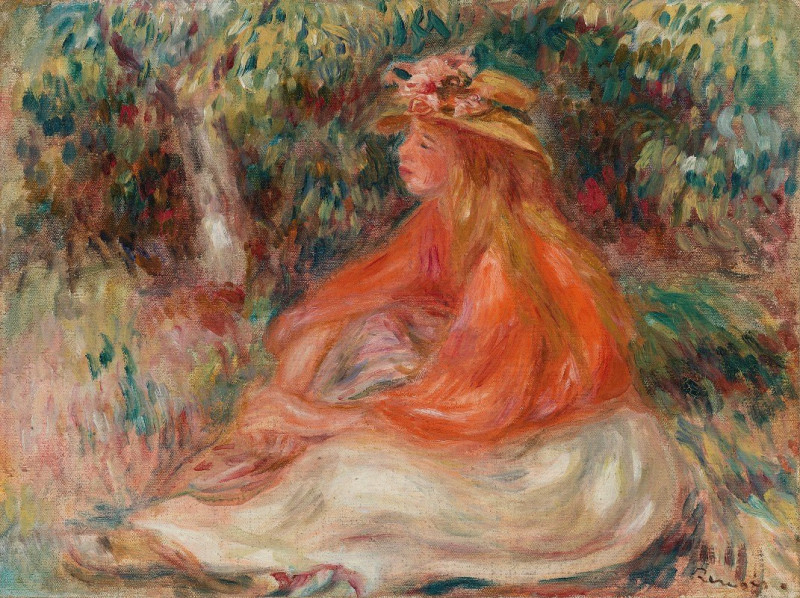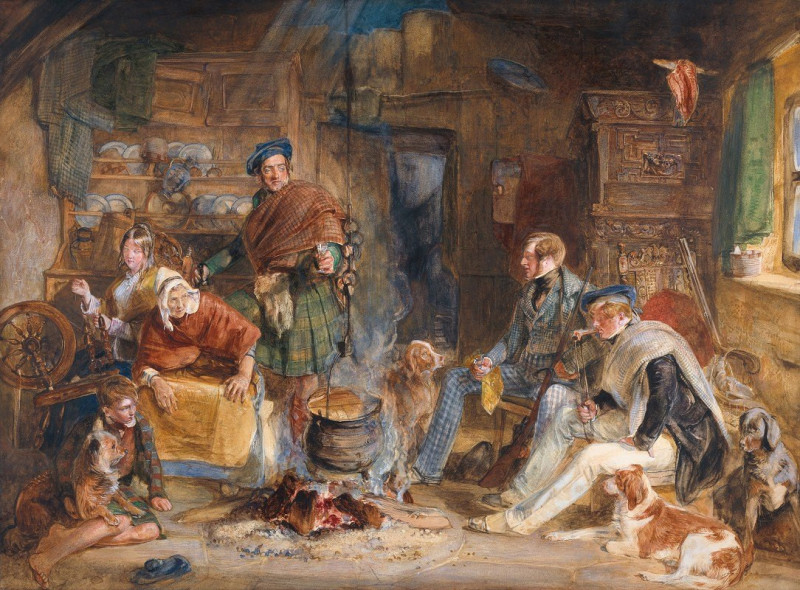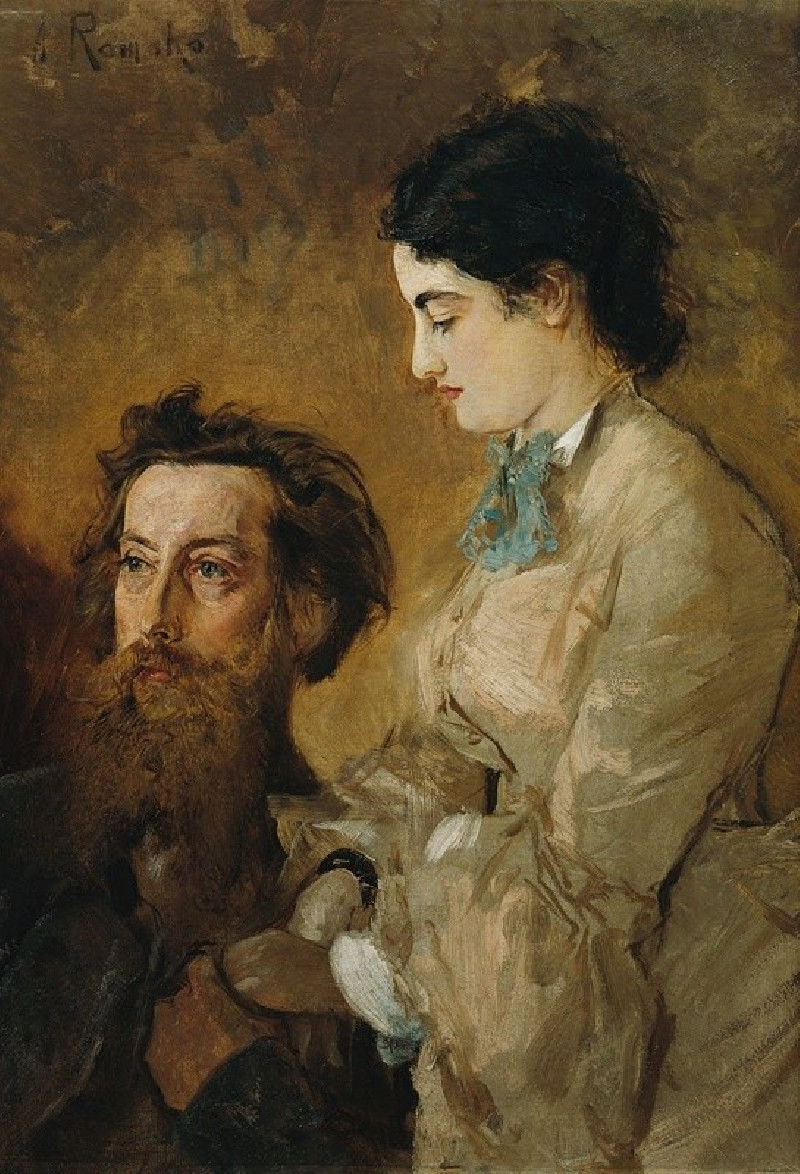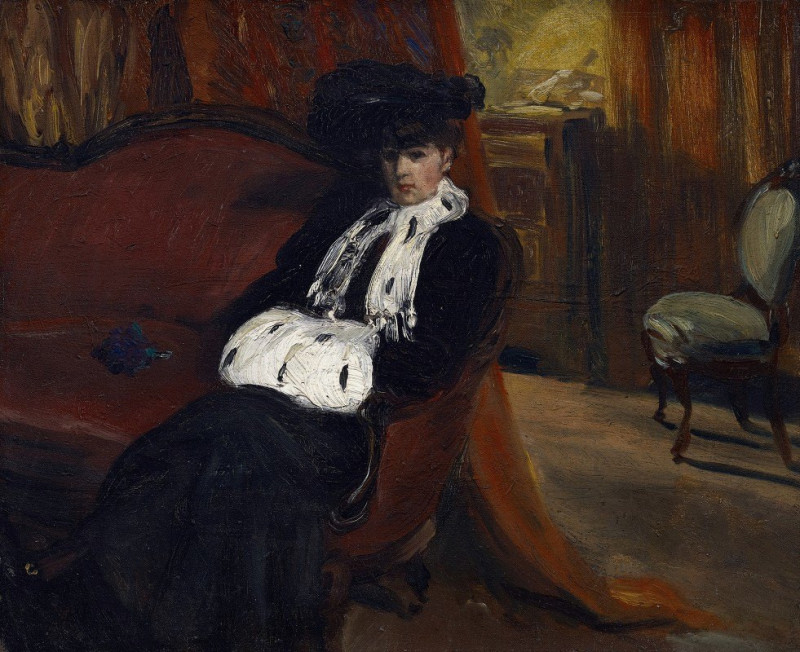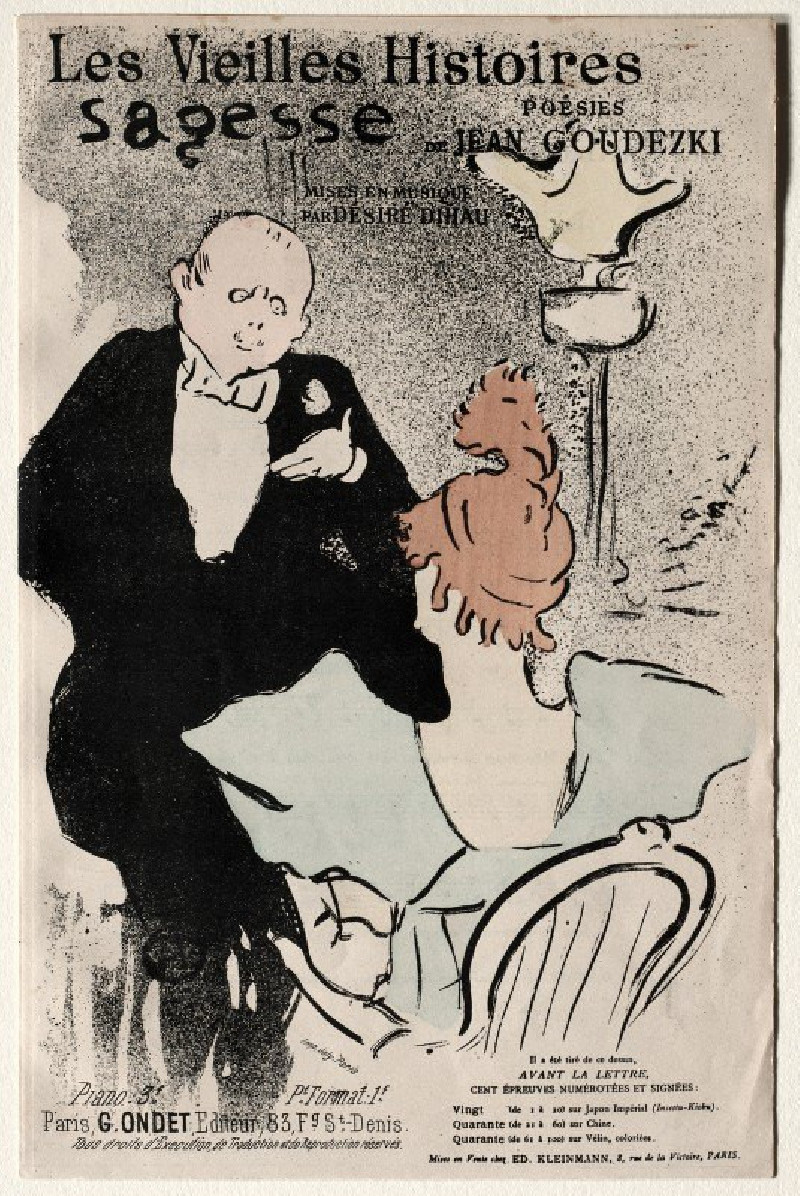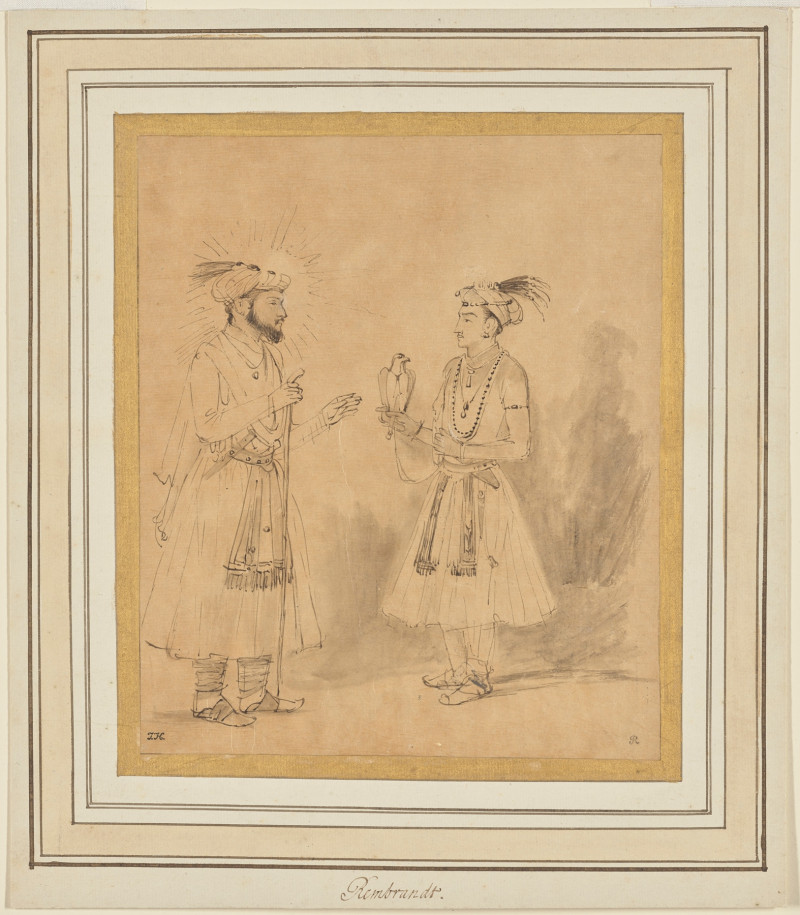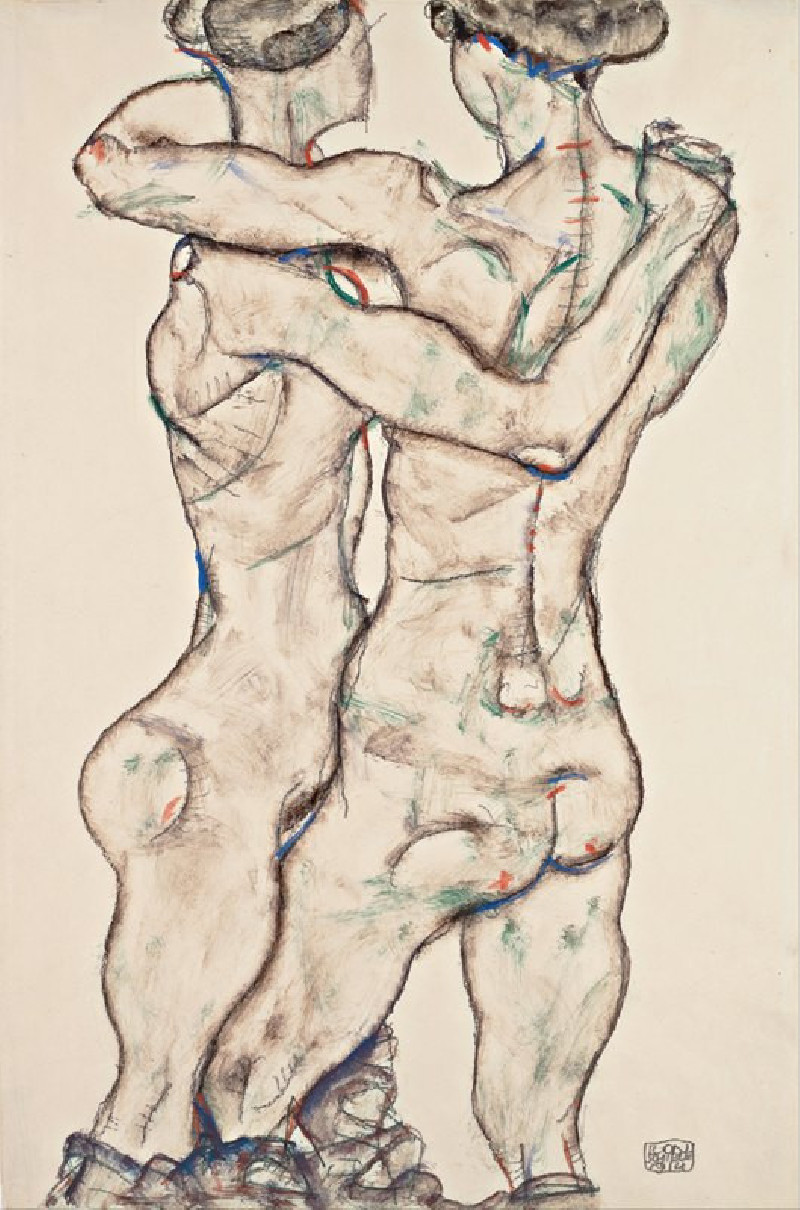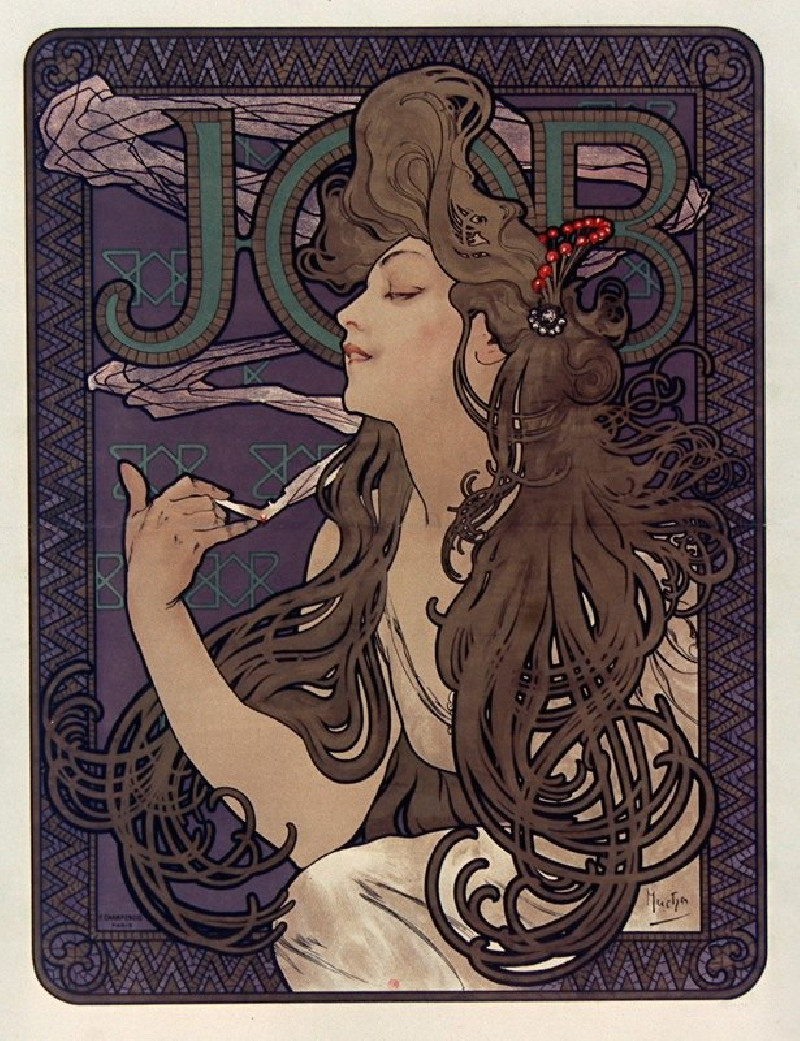Isabella Brant (1621)
Technique: Giclée quality print
Recommended by our customers
More about this artwork
Anthony van Dyck's portrait of Isabella Brant, painted in 1621, is an exquisite example of the artist’s mastery in capturing the elegance and grace of his subjects. The painting showcases Brant, the first wife of the renowned painter Peter Paul Rubens, seated against a sumptuous backdrop of a draped red curtain and a detailed classical stone archway, which opens to a serene sky.Isabella Brant is depicted with an air of dignified poise, dressed in a lavish black gown with intricate golden embroidery reflecting her high social standing. The richness of the velvet, complemented by the detailed lace and the shimmering golden chains, highlights her status and refined taste. Her expression is serene yet attentive, with a slight hint of a smile, suggesting her approachable nature.The composition's use of color vividly contrasts the warm, rich tones of her attire and the cool, architectural background, drawing focus to Isabella herself. Furthermore, the detailed rendering of textures, from the soft lace at her cuffs to the silky black fabric of her robe, underscores van Dyck's skill in portraying the tactile quality of various materials.
Delivery
Returns
Sir Anthony van Dyck (1599 – 1641) was a Flemish Baroque artist who became the leading court painter in England after success in the Spanish Netherlands and Italy.
The seventh child of Frans van Dyck, a wealthy Antwerp silk merchant, Anthony painted from an early age. He was successful as an independent painter in his late teens, and became a master in the Antwerp guild in 1618. By this time he was working in the studio of the leading northern painter of the day, Peter Paul Rubens, who became a major influence on his work.

